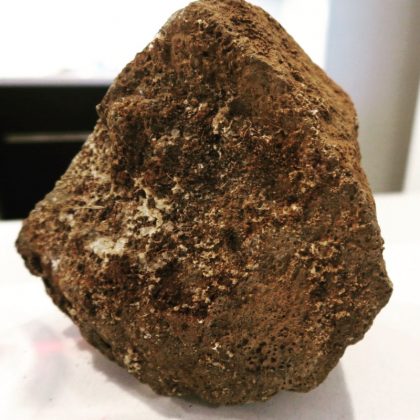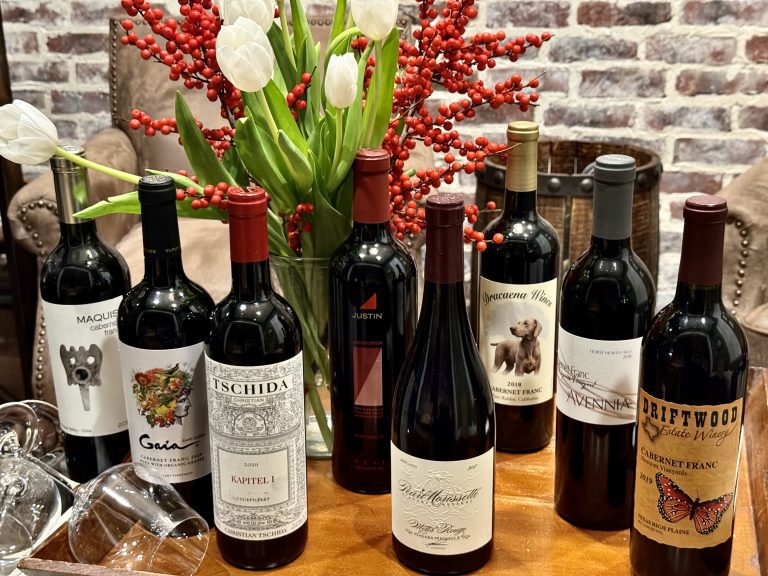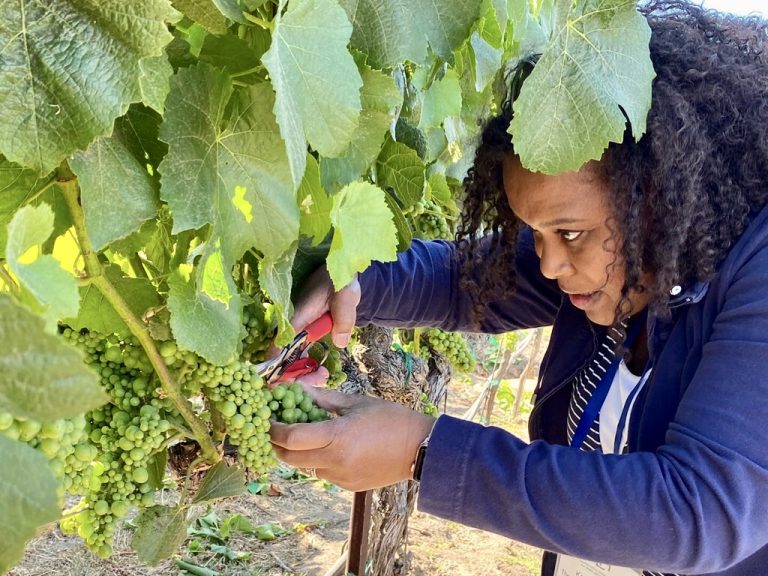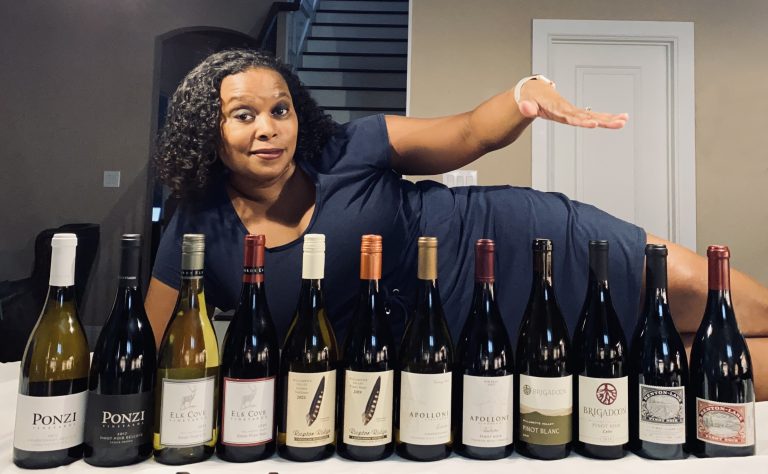You ever read a card in the wine store that waxes poetic about “well-drained, sandy loam soil” and wonder what the heck they are talking about or why the hell it even matters? Vineyard soils is not a conversation that I have with many people because it can get geeky and boring in a heartbeat. Not to mention, I’m still learning! But it does occasionally come up. In fact, I’ve had it come up in a wine class when trying to explain why the same grape tastes differently depending upon where they’re grown.
There are many things that factor into wine differences, but a very important one is vineyard soils. Now if you’d told me twenty years ago I’d be all interested in stuff growing in dirt other than my flowers and small vegetable garden, I’d have told you that you were crazy. But here I am! And trust me, I CAN make this interesting.
All sorts of soils are found in vineyards at various depths with different particle sizes. These vineyard soils are important for providing the vines with needed water and nutrients. But while grapevines can grow in just about any type of soil, the best soils have two important characteristics. First they have the ability to regulate water supply. And second, they are NOT very fertile.
Grapevines need the ability to access water when needed. However, they also need well-draining soils to ensure that they don’t get too much water. Certain soils do this better than others.
And while it seems counterintuitive, less-fertile soils are better for wine grapes. The best grapes are grown in conditions where the vines struggle. The fertile soil that I love for my flowers and vegetables is not necessarily the best thing for wine grapes. This is because in very fertile soil, the vines over-produce shoots and bunches of grapes which results in the sugars and flavors being widely distributed throughout the vine instead of concentrated in a smaller amount of fruit. When you hear folks talking about “yields” this is generally what they are along about. Without going too far down the rabbit hole, just know that various regions around the world have rules (laws in fact) for the amount of grapes that should be produced within a given measurement area. Just think about it. If Bordeaux had no rules about vineyard yields, people would cram in as many vines as they could and ultimately the quality would suffer.
Some of the most prominent types of soils are clay, sand, gravel, chalk, silt, and limestone – all of which speak to both the underlying material as well as the texture of the soil. In most instances, the soils are made up of multiple types of particles, rather than just a single material. For instance, loam soil is a combination of sand, silt, and clay. Additionally, many of these soil types evolve from one type to another. Metamorphic soils were once sedimentary rocks.
But for simplicity sake, let’s break vineyard soils down into 5 categories to provide an overview.
Clay
Clay soils are great at retaining water and keeping the vine cool. Water binds to clay particles and provides a ready source of water. But clay is dense and heavy, and if there is too much clay in the soil, it can become water-logged and can even kill the root’s vines. This is why the best clay soils also contain silt and sand which can lighten the soil composition. Vines grown in clay soils tend to yield bold, structured, muscular wines and have proven ideal for Tempranillo, Sangiovese, and Merlot. Notable Regions: Rioja, Ribera del Duero, Barossa Valley, Pomerol, Saint-Emilion.
Volcanic
In recent years, wines from volcanic soils have been all the rage. There’s even an International Volcanic Wine Conference! But these wines are anything but new. Formed from lava with higher levels of minerals, these soils contain ash, basalt, pumice, and tuffs and are quite distinctive. Some vines are even cultivated on active volcanoes! Many of the varieties cultivated tend to be indigenous (yay!) and are savory and rich with greater acidity, minerality, and even salinity. I still remember when I was introduced to the wines of Sicily’s Mt. Etna – mind blown! Notable Regions: Mt. Etna, Sicily; Santorini; Canary Islands; Somló, Hungary; Willamette Valley.

Sedimentary
Sedimentary soils consists of limestone and chalk that have developed over thousands of years from fossilized seashells and other organic deposits. These are some of the most prized and highly regarded soils in the world and provide great drainage in wetter areas as well as water retention in dry weather. Wines tend to have high levels of zesty acidity and great aging potential. This acid head is a fan! Notable Regions: Champagne, Chablis, Sancerre, Jerez.
Rocks/Stones
Rocks and stones may break…oh wait, that’s sticks and stones. Anywho, when we’re talking about rocks and stones, we’re talking about rocky material that can range in size from pebbles to large fist-sized, chunky stones. Think gravel and those famous galets from the Southern Rhône. The roots of the vines must work their way around these particles and dig deep to reach water and nutrients, which causes great levels of stress on the vines. Remember, stress is good for vines. Just not so much for people. The stressed vines results in grapes with rich and intense flavors as well as notable acidity. And in cooler climates, rocks and stones are an important part of ripening grapes in that they absorb the sun’s heat during the day and radiate it back to the vines. Notable Regions: Bordeaux’s Left Bank (Medoc, Graves), Châteauneuf-du-Pape (those famous galets!), Piedmont.
Methamorphic Rocks
Shale, schist, slate, and gneiss are some of the more notable methamorphic soils. These soils have been transformed from other rocks though heat and pressure over millions of years. Like gravel, the rocks absorb heat which helps vines in cooler climates. The blue slate in Germany’s Mosel Valley is famous for helping to ripen the fruit. Garpes grown in slate have noticeable aromatics as well as flinty notes while those grown in schist are know for being big and bold. Notable Regions: Mosel Valley, Douro Valley, Priorat, Wachau.
Of course, we’re only at the tip of the iceberg when it comes to vineyard soils. Folks have all sorts of ways of categorizing soils whether it’s by texture or composition and there is a great deal of crossover. The reality is that soils are a combination of things, but these are some of the most prominent descriptions you’ll encounter. So hopefully things will be a little less fuzzy the next time you’re shopping for wine.
*Cover Image Courtesy of Shutterstock






No Comments